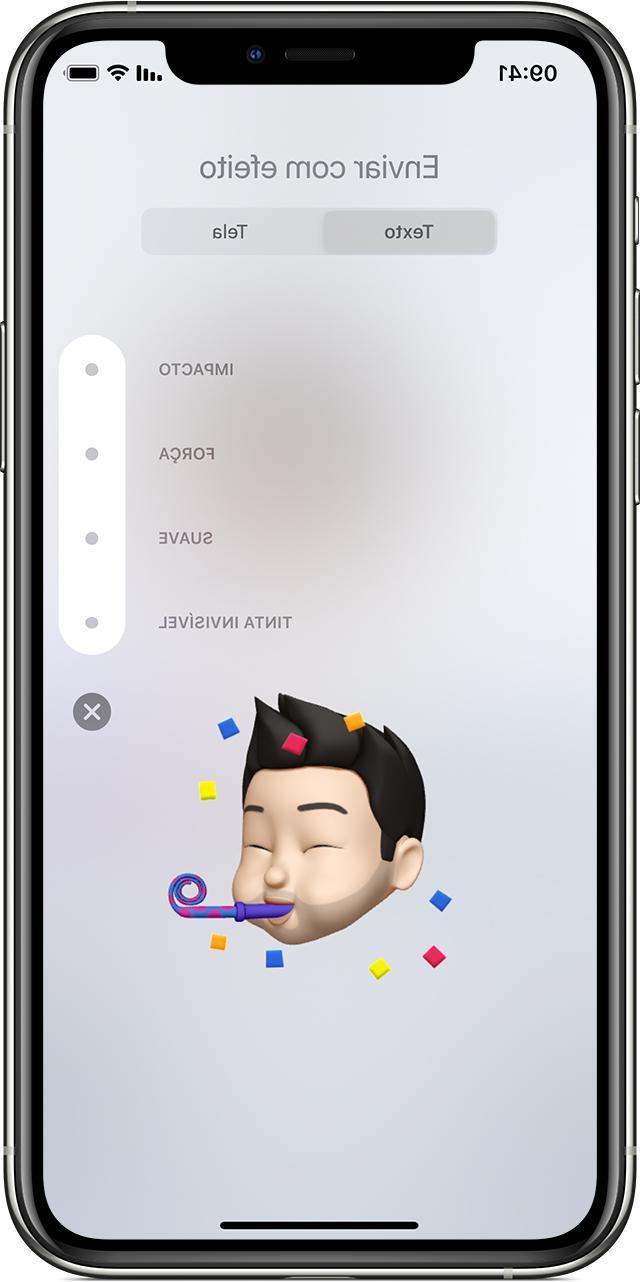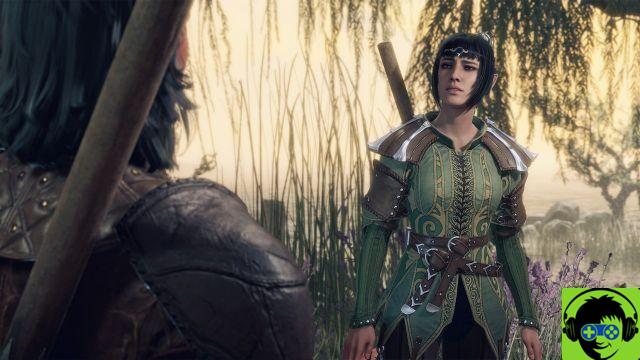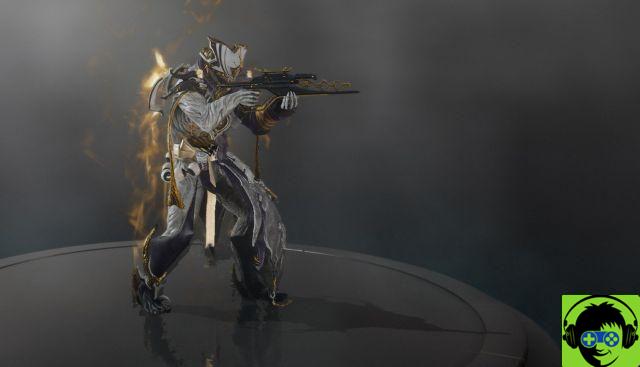
Deck list:
The Simic alliance is the guild that most within the world of Ravnica represents manages and administers the natural world through the use of science, in order to keep it stable and to allow the city of Ravnica to continue undaunted its climb of population and power. The alliance tries to protect the elements of the dimensional plan where it resides that are incompatible or difficult to maintain despite the presence of an almost totally urban condition scattered throughout the territory. The guild uses magic to try to create new creatures morphologically inspired by existing ones, as well as trying to use bioengineering to combine traits of different organisms into a single sentient being.
All these features describe quite accurately the world of the Simic guild, a group of people interesting in changing the world for a neutral purpose that also tries to increase its number through the creation of new living beings, some able to reproduce and others not. The world of the simic is emotionally distant with the rest of Ravnica's life, the biomants, are living beings who want to have practically nothing to do with the rest of the guilds that inhabit Ravnica's floor. Their isolation is practically voluntary and over the centuries the entire Ravnica plan has gradually begun to see more and more the majority of the blue-green alliance as a group of unbalanced creamutants; the few members of the Simic alliance who are respected by the community belong to the world of medicine and are considered almost universally the best doctors of the plan.
The deck we are going to see today takes full strength from a typical Simic mechanics like Adapt and from the Explore mechanics coming from some expansion ago; together they merge to give life to a powerful midrange deck able to give some problems to the most unwise decks thanks to the good number of powerful creatures in the field and thanks to the synergies between many cards present within the sixty choices.
Let's not talk nonsense, let's look at how Simic Midrange works, which are its most important cards and how you play (more or less) against the other decks.
Simic Flash - List of Deck, Nº, Card
| 3 | Paradise Druid |
| 2 | Brazen Borrower |
| 4 | Frilled Mystic |
| 4 | Nightpack Ambusher |
| 2 | Hydroid Krasis |
| 1 | Deny |
| 4 | Growth Spiral |
| 3 | Quench |
| 2 | Mystical Dispute |
| 1 | Aether Gust |
| 3 | Sinister Sabotage |
| 1 | Thassa's Intervention |
| 4 | Nyssa, Who Shakes the World |
| 2 | Castle Vantress |
| 1 | Fabled Passage |
| 4 | Forest |
| 4 | Breeding Pool |
| 8 | Island |
| 4 | Temple of Mystery |
Let's start by describing which creatures it's wise to start a game with using Simic Flash: Like any good green-based deck, Simic Midrange uses four copies of Llanowar Elves:, the ultimate mana dork that we've come to love if we've been playing Magic The Gathering for more than five minutes.
This elf is accompanied by a long series of exploring cards, perfect for creating recursions that can save us time and +1+1 counters with Wildgrowth Walker; the creatures in question you probably already know and are Jadelight Ranger with his double explore in a single turn that can make cards or turn the creature into a real small walking tank and his younger brother Merfolk Branchwalker.
Four copies of Growth-Chamber Guardian are used to give solidity to the board with respectable leotard cards and to skim the deck thanks to the possibility to put +1+1 counters with extreme ease. In the second round a 2/2, in the third round a 4/4 and you already have the possible play ready for the next round of the game; with its extremely low mana cost and its characteristics this warrior is one of the most important cards to play during the first rounds of the game.
Going further with the rounds you should play cards with different impact: Hydroid Krasis for example is a real bomb during the last stages of the game because it is able to disrupt the opponent's race and make us gain advantage cards; Zegana, Utopian Speaker (present in two copies) is another interesting drop for several mana because it does a bit of everything: it allows you to win the race thanks to the presence of tramples on all creatures with a +1+1 marker, it makes you fish and is able to become extremely big and dangerous.
The magic department is confined to four copies of Incubation // Incongruity, a double magic extremely versatile because it acts as a removal for the most dangerous opponent creatures and allows us to skim the top of the deck in search of the most useful creature for our purposes and two copies of Spell Pierce, a counter that if seen in the first few rounds can save us from too explosive starts or particularly risky situations.
Vivien Reid's monocopy is inside the deck for a plethora of reasons: it's able to skim the deck, it's able to remove artifacts and harassing spells, and it's able to let its owner win the game if you have enough loyalty counters to generate the case emblem.
The mana department is perhaps the most curious of the whole deck: the deck contains all the double lands of the case, with Breeding Poole Hinterland Harbor at will for all those who are afraid of not being able to pay the mana costs. Where the situation gets interesting is when you get to get acquainted with Hadana's Climb, a legendary spell available in three copies that on this occasion can become a land capable of giving evasiveness and extra strength to a creature of our choice. This in the most advanced moments of the game allows the player to make real alpha strikes with which to win the game in a simple turn.
Basically Simic Midrange is a fun bunch to play for all those players who are interested in the more creative part of the world of Magic The Gathering, with lots of creatures that are gradually upgraded and that are able to caress a lot of decks thanks to their leotards. Where the deck comes to fall is in the control department, not particularly solid and the little ability of the deck to restart after a possible board sweeper given the absence of cards to draw and also given the average converted mana cost of the cards that make up the sixty. The deck is composed mainly of uncommon and rare cards, so it is not recommended to start in the world of MTG Arena but it is not even difficult to assemble. The level of difficulty associated with its play style is not prohibitive and is a good second deck for those who are gaining practice.


























